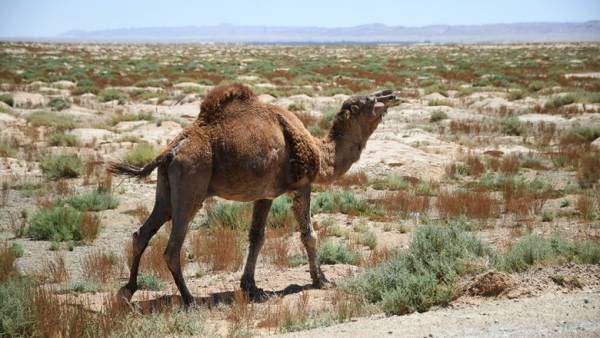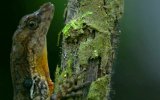Ready for Armageddon: what creatures will survive a global catastrophe
MOSCOW, 27 Jun — RIA Novosti, Tatiana Pichugina. Microorganisms colonize the entire earth’s surface, deep underground, the atmosphere. Many of them prefer conditions similar to those that were in the era of the origin of life. Larger animals are more sensitive to the environment, but they have developed mechanisms to balance on the edge of survival.

An amazingly hardy creatures — in the material RIA Novosti.
Capsule of life in the boiling water and space
Organisms live in the most extreme conditions on Earth for survivability, they are far superior to multicellular. For example, the comfortable temperature of reproduction for the archaea Pyrolobus fumarii is 90-113 degrees Celsius, almost boiling water. They were found in oceanic hot springs and black smokers at depths greater than 3.5 km.
News Lizard-breathing under water for the first time took video
Lizard-breathing under water for the first time took video
Archaea Geogemma barossii found at a depth of more than three hundred meters in hydrothermal source with a temperature of 121 degrees Celsius. And strains Methanopyrus kandleri able in the laboratory to reproduce at a temperature of 122 degrees.
Archaea — single-celled creatures, an independent domain alongside bacteria and eukaryotes, which include animals and plants. Their remains are found in rocks older than two billion years.
Embryos archaea, some bacteria and lichens can survive in space, as shown by experiments on the ISS. Scientists have placed a culture of microorganisms without power on the external elements of the station in space, where they are in extreme cold and vacuum were subjected to hard radiation by cosmic rays and ultraviolet light. Many of them were alive after more than five hundred days of exposure.
The unique survivability of microorganisms is extremely interested astrobiologists, especially in connection with Mars. Its early history is very similar to earth, it is possible that four billion years ago, there also existed conditions for the origin of cellular forms.
After the Red planet almost completely lost its atmosphere and froze, its inhabitants could hide deep in the bowels.
Hypothetically, some extremophiles feeding on the gray and can withstand large doses of radiation, can survive in the clouds of Venus’s atmosphere. Organotrophic and lithotrophic that do not require to produce energy from solar light could exist in the ice shell is covered with a warm salty ocean of Enceladus — moon of Saturn.